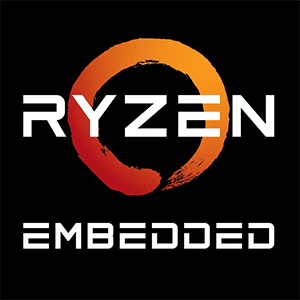Intel Core i3 4170 vs Intel Core i9 14900
We compared two desktop CPUs: Intel Core i3 4170 with 2 cores 3.7GHz and Intel Core i9 14900 with 24 cores 2.0GHz . You will find out which processor performs better in benchmark tests, key specifications, power consumption and more.
Main Differences
Intel Core i3 4170 's Advantages
Higher base frequency (3.7GHz vs 2.0GHz)
Lower TDP (54W vs 65W)
Intel Core i9 14900 's Advantages
Released 8 years and 10 months late
Higher specification of memory (5600 vs 1600)
Larger memory bandwidth (89.6GB/s vs 25.6GB/s)
Newer PCIe version (5.0 vs 3.0)
Larger L3 cache size (36MB vs 3MB)
More modern manufacturing process (10nm vs 22nm)
Score
Benchmark
Cinebench R23 Single Core
Intel Core i3 4170
887
Intel Core i9 14900
+152%
2236
Cinebench R23 Multi Core
Intel Core i3 4170
1935
Intel Core i9 14900
+1703%
34901
Geekbench 6 Single Core
Intel Core i3 4170
1001
Intel Core i9 14900
+195%
2958
Geekbench 6 Multi Core
Intel Core i3 4170
1938
Intel Core i9 14900
+923%
19826
Blender
Intel Core i3 4170
28
Intel Core i9 14900
+1600%
476
Passmark CPU Single Core
Intel Core i3 4170
2056
Intel Core i9 14900
+126%
4660
Passmark CPU Multi Core
Intel Core i3 4170
3555
Intel Core i9 14900
+1307%
50020
General Parameters
Mar 2015
Release Date
Jan 2024
Intel
Manufacturer
Intel
Desktop
Type
Desktop
x86-64
Instruction Set
x86-64
Haswell
Core Architecture
Raptor Lake Refresh
i3-4170
Processor Number
i9-14900
LGA-1150
Socket
LGA-1700
HD Graphics 4400
Integrated Graphics
UHD Graphics 770
Package
22 nm
Manufacturing Process
10 nm
54 W
Power Consumption
65 W
-
Max Turbo Power Consumption
219 W
-
Peak Operating Temperature
100°C
CPU Performance
2
Performance Cores
8
4
Performance Core Threads
16
3.7 GHz
Performance Core Base Frequency
2.0 GHz
-
Performance Core Turbo Frequency
5.8 GHz
-
Efficiency Cores
16
-
Efficiency Core Threads
16
-
Efficiency Core Base Frequency
1.5 GHz
-
Efficiency Core Turbo Frequency
4.3 GHz
2
Total Core Count
24
4
Total Thread Count
32
100 MHz
Bus Frequency
100 MHz
-
Multiplier
20x
64 K per core
L1 Cache
80 K per core
256 K per core
L2 Cache
2 MB per core
3 MB shared
L3 Cache
36 MB shared
No
Unlocked Multiplier
No
Memory Parameters
DDR3-1600, DDR3L-1600
Memory Types
DDR5-5600, DDR4-3200
32 GB
Max Memory Size
192 GB
2
Max Memory Channels
2
25.6 GB/s
Max Memory Bandwidth
89.6 GB/s
Yes
ECC Memory Support
Yes
Graphics Card Parameters
true
Integrated Graphics
true
-
GPU Base Frequency
300 MHz
1150 MHz
GPU Max Dynamic Frequency
1650 MHz
-
Shader Units
256
-
Texture Units
16
-
Raster Operation Units
8
-
Execution Units
32
-
Power Consumption
15 W
-
Graphics Performance
0.78 TFLOPS
Miscellaneous
3.0
PCIe Version
5.0
16
PCIe Lanes
20
SSE4.1, SSE4.2, AVX-2
Extended Instruction Set
-







